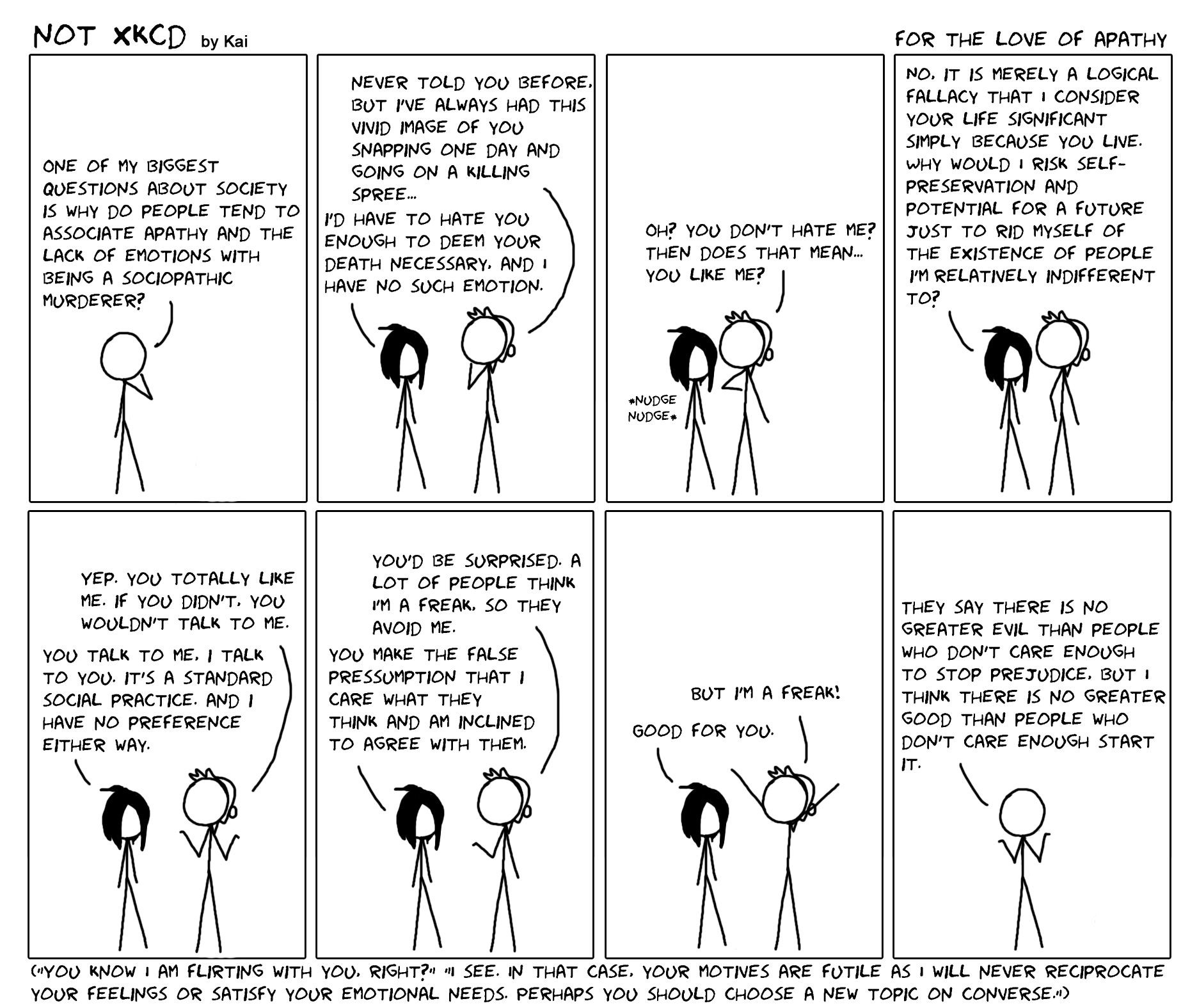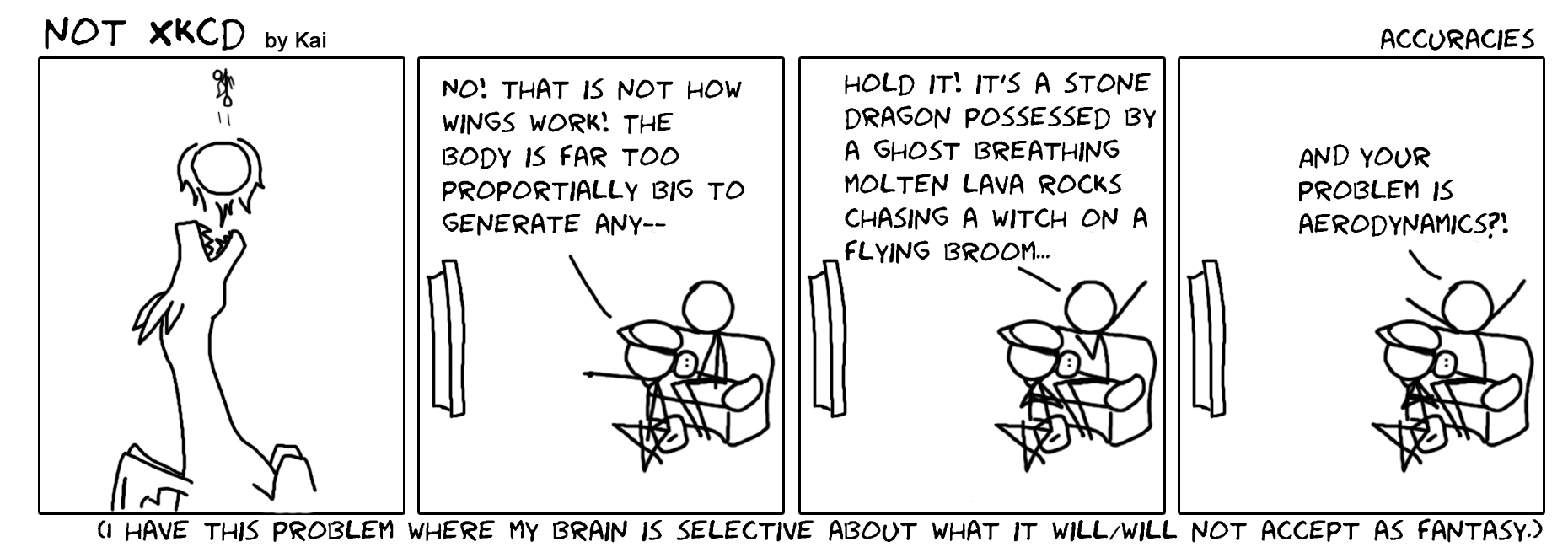The film industry is based on a formula that “works.” Namely, a formula that makes money and a formula that is safe–and if you think about how much time, how many people, how much money, and how much love and care and effort that goes into making a film–it makes sense.
I was once told by a screenwriter, no one ever sets out to make a bad movie. But, like most businesses, they will not make anything unless profit is guaranteed – which is why you get sequels dragged into the ground and continual reboots are so prevalent despite the cry for originality. It does not matter how much people rant and rave about how great a film is, the box office speaks the loudest. If a film flies, expect sequels. If it flops, say goodbye. Dreamworks, for example, had an entire series planned for The Road to El Dorado, which was canceled because it was a box office flop and historically their worst financial film of all time at a total loss of $45 million [1].
That said, my point is that Hollywood is saturated with movies of white male protagonists and supporting females, because it is a formula that sadly sells. Strong female leads unfortunately do not – part because most films that pass the Bechdel test flop (this is false, but it’s Hollywood’s biggest argument [2]) – part because even if female moviegoers buy tickets, they don’t buy merchandise of male-targeted movies (strong females or not) [3] – part because even if over half the movie goers are female, they are watching male lead movies so why should anything change [4]? Also, don’t forget that the “rest of the world” is considered a market. Not just the US.
Well, I’m going to tell you a secret – there are a LOT of movies out there with female leads who are pretty awesome. It may not be the majority of films, but they very much exist.
They just get snuffed out by marketing. And memory. People dismiss their actions. And then the whole movie itself is mocked and torn to pieces when they don’t get it right, making the standards too high and the “risk” of making a movie with a female lead more daunting.
Let’s pick on Disney – and the phenomenon that acclaimed Frozen as being a revolutionary feminist film.
Remember Pocahontas? The Native American princess that threw her head on John Smith’s own as her father was about to beat his brains out and trigger a war that would have ultimately ended in genocide, and who eventually dumped John Smith for someone else because he was a jerk. It is not uncommon to exclude her from the Disney princess line up – along with Tiana, Mulan, and yes – sometimes Jasmine.
How about Melody from the Little Mermaid 2 – that mother, daughter story where the mother is not abusive and there are no men involved beyond a random crush stereotypical of budding puberty? Ariel’s daughter has never been included in the Disney princess line up because Ariel having a daughter probably ruins the fact that Ariel is marketed as a 16 year old (and with Melody, she is in her 30’s).
And for those of you wondering why Kida is not a Disney princess, it was because Atlantis was a box office meh. Just like Road to El Dorado, it had planned spin-offs focusing on its other characters that was quietly dropped. The Submarine voyage in Disneyland was originally intended to be Atlantis theme, and was changed into Finding Nemo for similar reasons [5].
Disney has a stream of female-lead movies, because “The Princess Franchise” is primarily what it is – a franchise. In fact, it is the #1 franchise in the world (Star Wars is #2) which is why they can experiment in the “dangerous waters” of female leads [6] due to the discovery that girls and women buy feminism [7]. The chiming word this time: merchandising – the other major lever on a film’s success outside of the box office.
Merchandising is why Pixar made a sequel for Cars (made $10 billion in 5 years on merchandising alone [8]). It’s why Young Justice, a wonderful show with a 50-50 male-female show of DC sidekicks, got canceled – because females were half the watchers and they “don’t buy boy’s toys” [9]. With the Disney franchise, toys go with the movies, showers of pretty dolls and dresses little girls are expected to beg their parents to buy. Throw in a minor side-kick character plushie like Flounder or Olaf for the boys. (As a side note, Disney does not include Princess Leila in their Star Wars merchandising, and Gamora for the Guardians of the Galaxy because Star Wars and Marvel are “for boys” [10].)
But moving away from Disney and animation. What about other movies with female leads? Why aren’t they all over our Facebook and tumblr feeds? Is it because movies actually lack a strong female characters, that the writing is bad so they are flat and boring, that the actress herself did poorly so it is not a performance worth acknowledging, or that we get so wrapped up with the men, we stop noticing the women?
Do we ever talk about the lead from Silence of the Lambs? Ignoring the fact that Hannibal was a supporting character popular enough for his own spin off franchise, of course. Do we ever talk about Alice in Wonderland? Because you’d think with every remake they do someone will acknowledge Alice as an iconic character like the Mad Hatter and Cheshire cat (kudos to the Queen of Hearts for escaping). How about the Wizard of Oz? How about Annie? Girl with the Dragon Tattoo? Alien? Kill Bill? Precious? Million Dollar Baby? Easy A? Juno? The Help? Epic? Amelie? Iron Jawed Angels? Doubt? Coraline? Pan’s Labyrinth? Mary Poppins? One Night with the King? Prayers for Bobby? Legally Blond? Anything with Angelina Jolie? Every single horror movie not written by Stephen King ever? Gothika actually takes a spin on that and makes the female lead a black woman!
Or maybe, moving back to animation – here’s an even harder question – do you watch the Barbie franchise? Their most recent film was where Barbie got kissed by a chemically altered bug and gained flight, super strength, and the ability to shoot energy balls (also includes female twin engineers and questionable physics related to lava). Or how about the Tinker Bell franchise? It explores the back story of Tinker Bell, an overly curious tinker fairy and Tesla of the fairy world. Pirates and more questionable physics included.
If you don’t watch these, then why not? Because you never heard of them? Because they are for kids? Because you don’t think they are good? Or because they are “too girly”? Yeah – Barbie is all about her signature color of pink and “buy my dolls!” merchandising, despite the fact that she breaks more stereotypes than Disney films and can easily pass as a feminist heart throb. If you get past what she looks like, you discover she is also smart and a bit quirky. Tinker Bell is too.
However, a funny observation I’ve had is that movies targeted at girls are often considered inferior to those targeted at boys. After all, the cry for an original female superhero is loud. But why would boys be interested in magical sparkle transformations as they discover they are actually the long lost merman prince of Oceana with pearl power and a faithful pet fish? As a side question, does anyone else use “chick flick” as a derogatory term?
That said, I am not here to convince you to watch movies normally targeted at “little girls.” I am here to encourage you, if you want more of a certain type of movie, support it in every way you can, especially if you are not the target audience.
It is not getting better just because Hunger Games and Maleficent exist; it has actually gotten worse. In 2014, there were fewer movies with female leads than there were back in 2002 [11]. And at $90 million, 50 Shades of Grey is the highest gross film of all time with a female lead, a female director, and a 70% female audience on opening weekend (Frozen was $67 million) [12].
So stop harping on Disney Princesses to lead the way – they have been for years and people who are supposed to make animated films of pretty animated girls in dresses (or teenagers if you will) are not the ones to do it. Remind all of Hollywood you want epic female characters leading the way and nothing else will do. That you would pay to see female-lead movies more than any other film. That gender marketing is absurd. That live actresses are as well beloved and capable as animated ones. That female supporting characters are epic and deserve spin off series just as much as Despicable Me’s minions, Hannibal, and Wolverine. Drive the demand out hard – especially if you are a guy. With the deepest respect, if a heavily female audience goes to watch a movie targeted at a female audience, big whoop – that was supposed to happen. That is how gender marketing works.
So put a kink in that formula of expectations. Make that “risky” market look juicy so Hollywood has no choice but to step out of their comfort zone – and that if they flop, it’s a stepping stone – not an “I told you so” dead end. Give them confidence that the years of time, script writing, finding actors, introducing revolutionary animation/graphics, reputation investment, production costs, advertising, actually shooting the movie and so much, much more – is worth that “risk.”
Citations
[1]:http://www.pajiba.com/seriously_random_lists/the-ten-biggest-animated-flops-of-all-time.php
[2]:http://www.washingtonmonthly.com/political-animal-a/2014_04/fivethirtyeight_analysis_movie049791.php
[3]: http://www.dailydot.com/geek/fans-notice-lack-of-gamora-merchandise/
[4]:http://www.slate.com/blogs/xx_factor/2014/03/27/mpaa_2013_numbers_women_buy_half_of_all_movie_tickets_but_that_won_t_mean.html
[5]:http://www.latimes.com/travel/la-trw-nemo11jun11-story.html
[6]:http://variety.com/2013/biz/news/disney-star-wars-princesses-licensing-1200498040/
[7]: https://www.beaconreader.com/teresa-jusino/when-feminism-becomes-a-marketing-tool
[8]:http://articles.latimes.com/2011/jun/21/business/la-fi-ct-cars2-20110621
[9]: http://io9.com/paul-dini-superhero-cartoon-execs-dont-want-largely-f-1483758317
[10]:http://www.dailydot.com/geek/fans-notice-lack-of-gamora-merchandise/
[11]:http://www.huffingtonpost.com/2015/02/10/female-movie-protagonists-2014_n_6652366.html
[12]:http://variety.com/2015/film/news/box-office-fifty-shades-of-grey-explodes-with-record-breaking-



